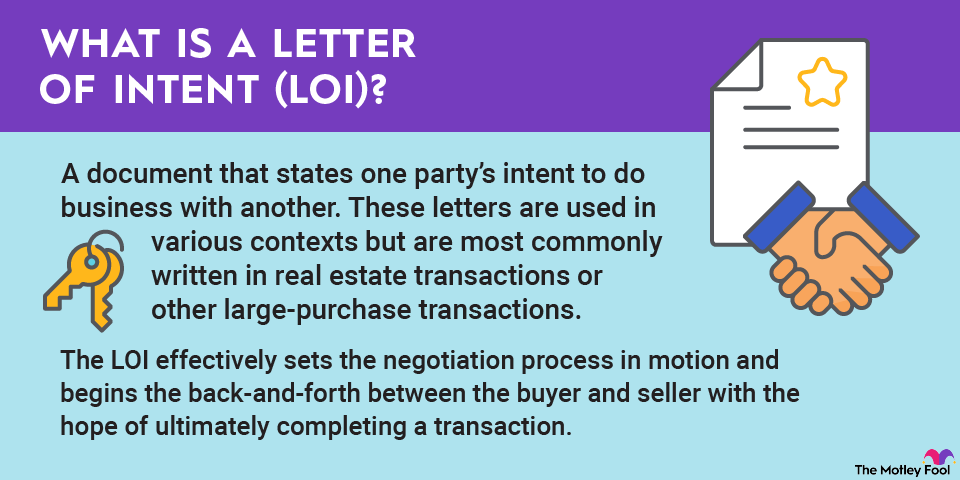A long strangle is an options strategy designed to profit from a big movement in a stock's price. An options trader will buy a call and a put on the same underlying stock, positioning them to potentially make money if it surges or falls by expiration. However, while the trade can make money on a meaningful rally or decline in a stock, it can still lose money.

Understanding the long strangle
A long strangle is a two-legged options strategy. It involves:
- Buying a call option with a strike price right above a stock's current price.
- Buying a put option with a strike price slightly below a stock's current price.
Investors will simultaneously buy both options on the same underlying stock with the same expiration date. For example, if the stock trades at $100 per share, the options trader would buy a call option at or above $101 per share and a put option at or below $99. An investor would pay a net debit (or cost) to set up the trade. That debit represents their maximum loss potential for the trade.
For example, if they pay $1 per share for each call they buy and the same rate for each put contract to set up a $101/$99 long strangle, their net debt would be $2 per share (or $200 per contract since an options contract is typically for 100 shares). As a result, their breakeven level on the trade would be $103 on the upside and $97 on the downside. The trade will end profitably if the stock closes either above the breakeven level on the call or below the put breakeven level at expiration.
What are the risks of using the long strangle options strategy?
A long strangle theoretically has unlimited upside potential and significant profit potential on the downside. Meanwhile, it has limited risk. The maximum amount an investor can lose on the trade is the cost of setting it up (the net debit incurred to buy the call and put).
However, while the trade limits an investor's risk to their net debit, they could lose that entire amount if the underlying stock finishes between the option strike prices. For example, if an investor bought a long $105/$95 strangle for a $2 per share debit, and the stock is between $105 and $95 at expiration, they would lose their entire investment (the combined $200 net debit per contract). Meanwhile, they'd lose money on the trade if the stock finished between $107 and $93 at expiration.
Why investors use long strangles
Investors use long strangles when they believe a stock will make a significant move due to an upcoming catalyst, like an earnings report or potential approval/denial of a controversial merger or new drug. However, they aren't sure which direction the stock will move. A long strangle enables them to potentially profit if shares surge or plunge.
The options trader can often set up the long strangle for a relatively modest cost compared to buying shares and protecting them with puts (or short-selling the stock and hedging the position with long calls). That cost represents their maximum loss potential, limiting their risk. Meanwhile, the trade offers significant profit potential if the stock makes a meaningful move.
Related investing topics
An example of a long strangle
Investors will set up a long strangle when they expect a stock will make a significant move due to an impending catalyst. For example, an investor believes that AI chipmaker Nvidia (NVDA +1.09%) will move sharply when it reports earnings. However, they're unsure if that move will be higher or lower. That leads them to set up a long strangle that expires the month after Nvidia releases its next quarterly report.
With the stock trading at less than $900 per share, they buy the $900/895 long strangle, paying a total of $165 per share, or $16,500 per strangle contract. That is a lower cost than the roughly $98,950 they'd need to buy 100 shares, plus a $8,950 put to protect the stock.
Nvidia would need to close above $1,065 or below $730 a share for the trade to be profitable, a less than 20% movement in either direction. If shares move more than that, they will make money on the trade. If not, they would lose money on the trade, with the potential for a full loss if shares are between $900 and $895 at expiration.


















